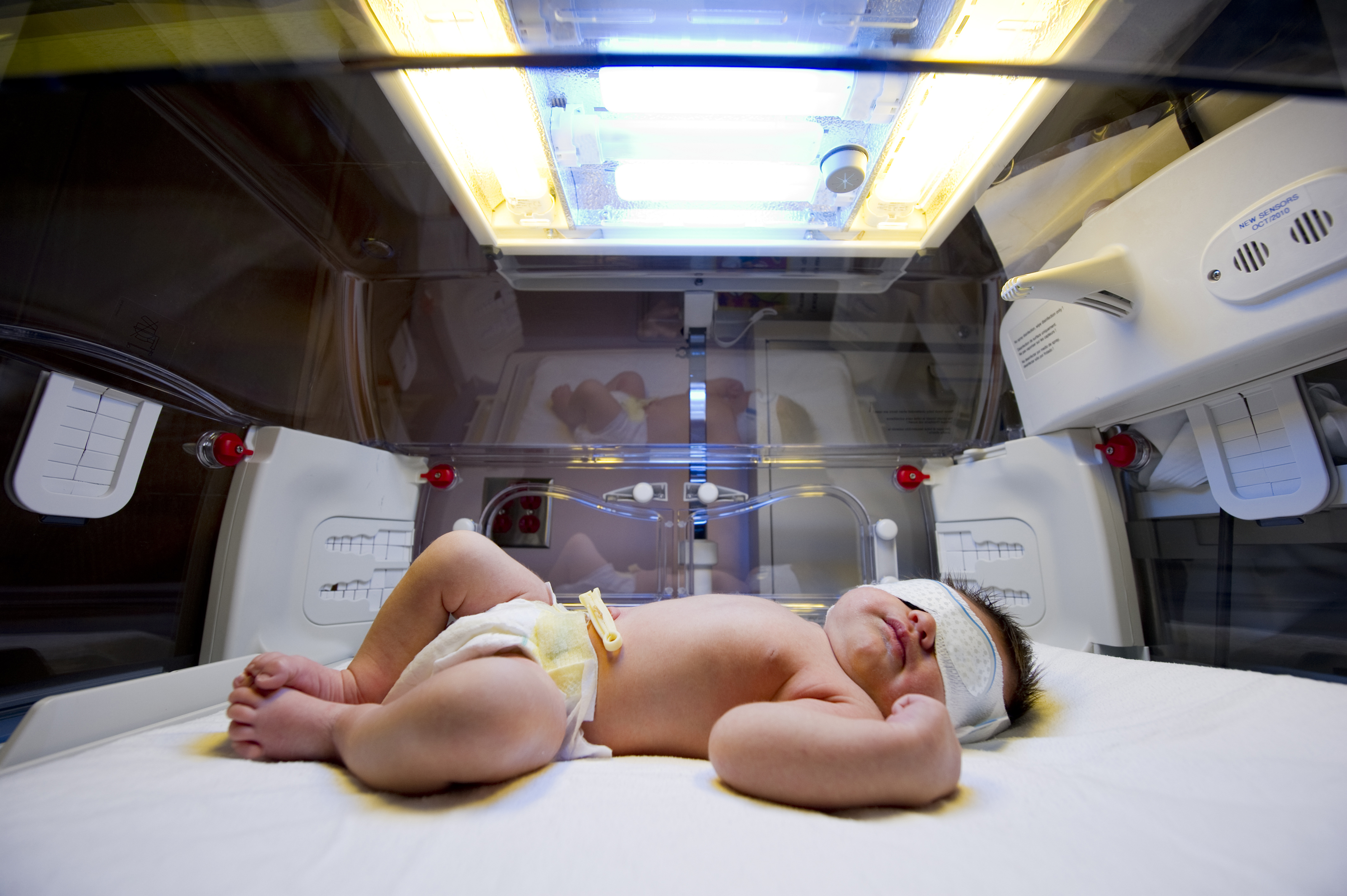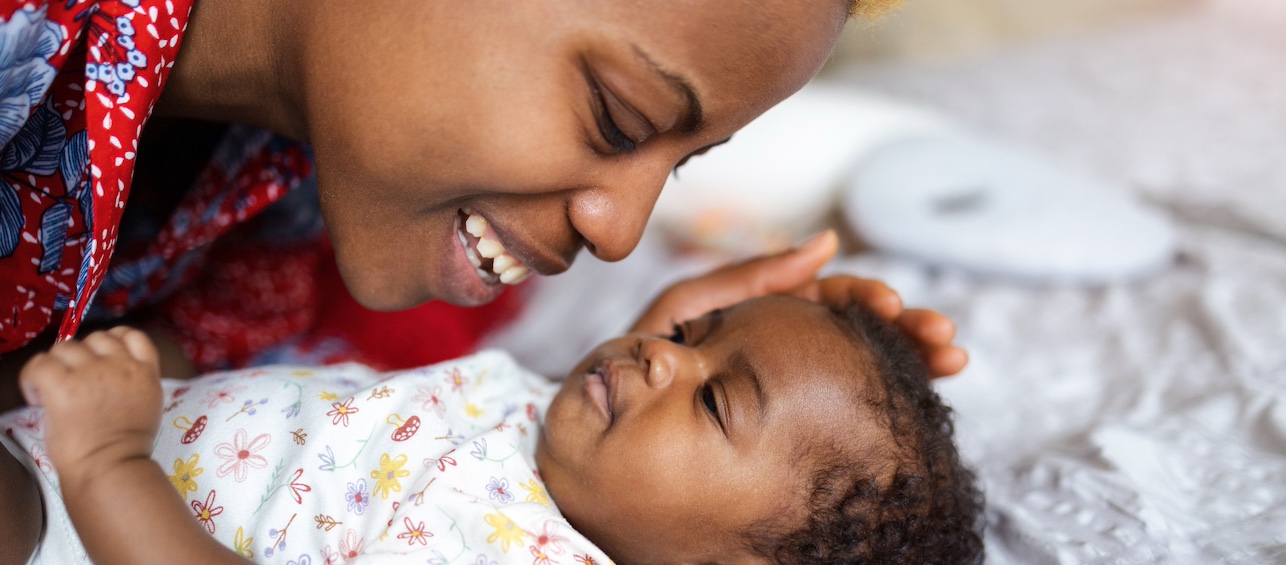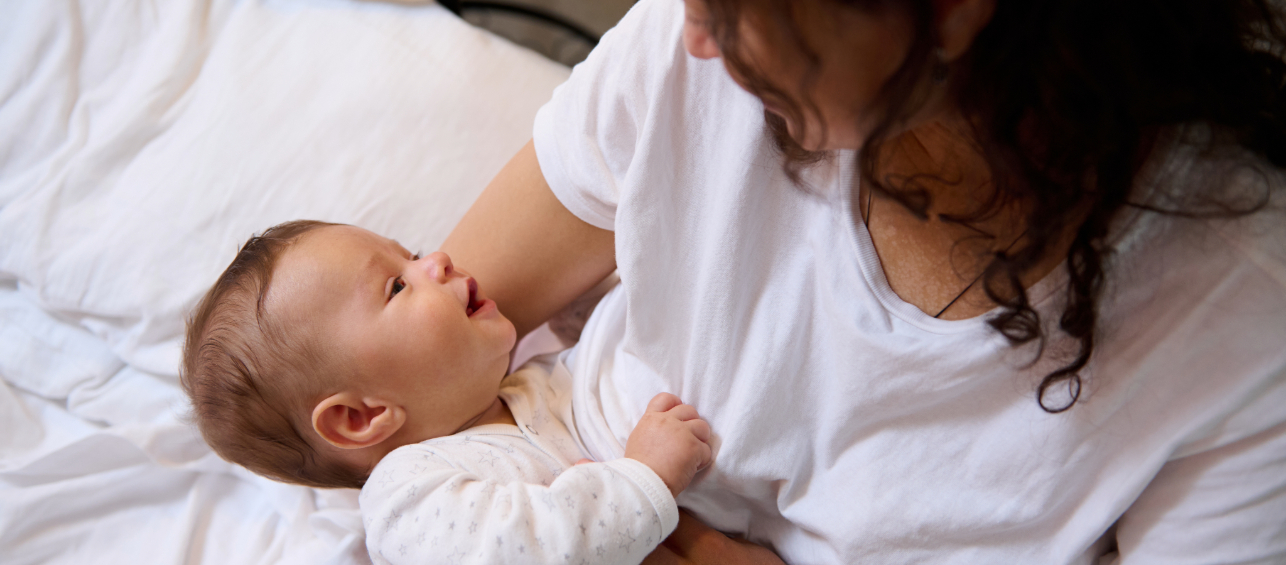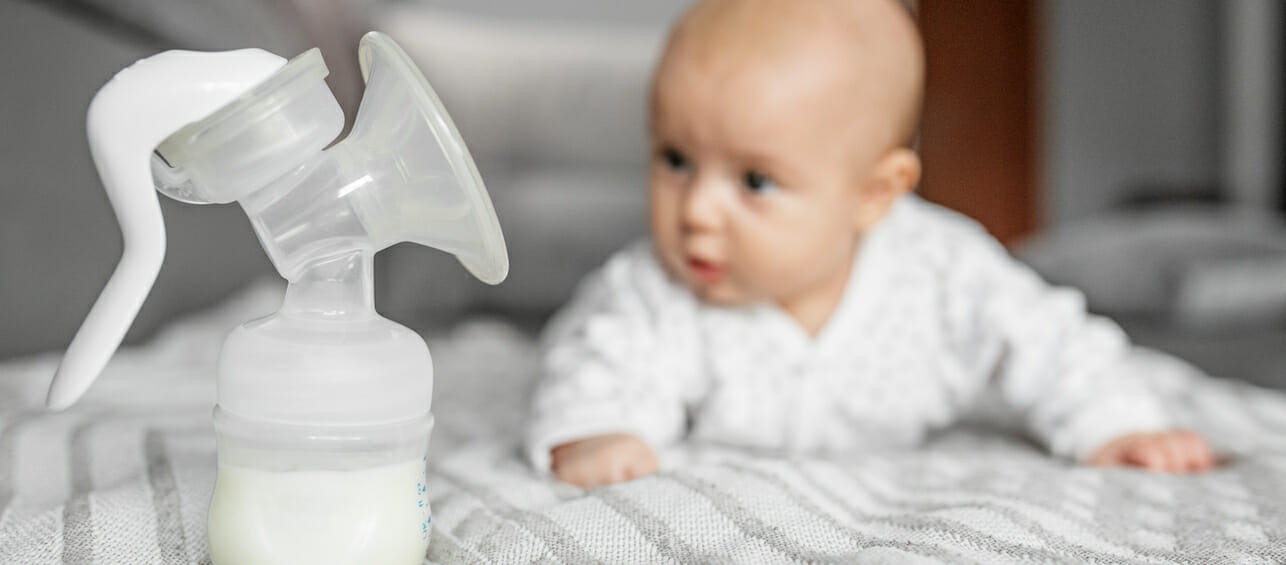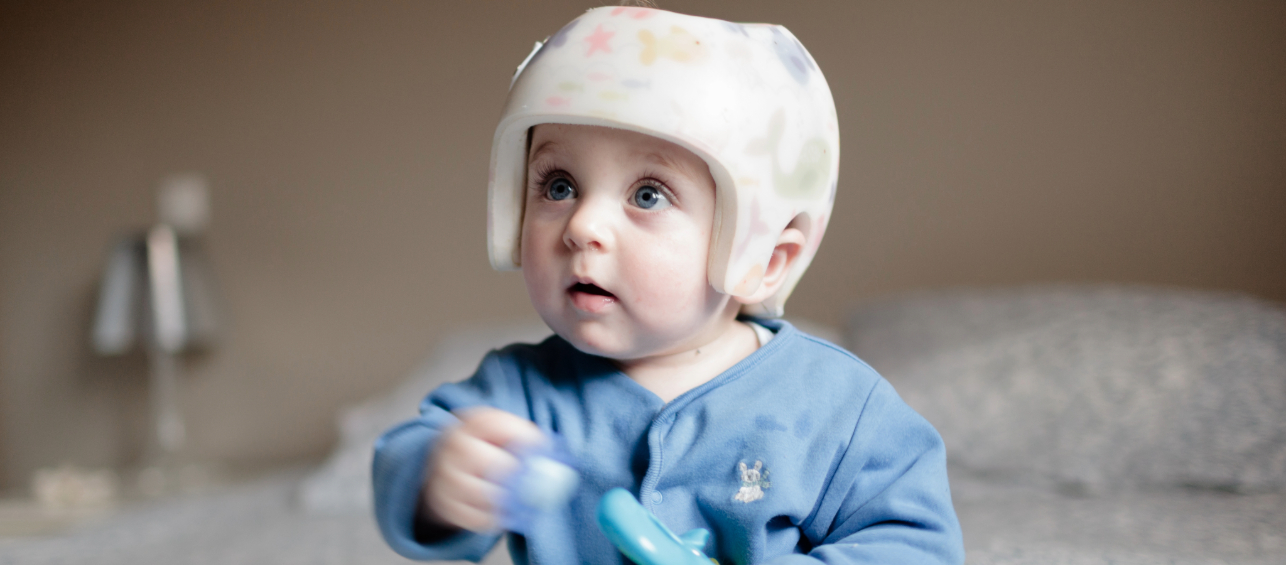You may have heard other parents mention that their newborn was had jaundice or needed to “go under the lights” for a bit before or soon after coming home from the hospital. Infant jaundice is a common newborn condition, and light therapy is one treatment for it. About 50-60 percent of otherwise healthy newborns will have some degree of jaundice, but the majority do not need treatment.
So just what is infant jaundice?
The condition occurs in newborns when they have high levels of a substance called bilirubin in the blood. Bilirubin is a yellow pigment from the breakdown of red blood cells. Too much bilirubin causes the whites of the eyes and the skin to be yellow-ish in color.
Babies develop jaundice when their liver doesn’t remove enough bilirubin from the bloodstream. As the liver matures, it typically goes away on its own. The majority of cases do not require any treatment.
Less commonly, some babies have jaundice brought on by a serious underlying disease.
In rare cases, if bilirubin levels get dangerously high, it can lead to brain damage. That’s why we keep a close eye on it. It’s one of the many things pediatricians monitor when you have those early well-baby visits right after your infant is born. (Don’t skip those visits!)
If you’re preparing to welcome a baby into your family, here are five things you should know about jaundice in newborns.
1. Know your risk factors.
Some factors make it more likely that your baby may be jaundiced. These include:
- Your baby was born at 38 weeks of pregnancy or earlier
- Mother and baby have different blood types
- You are Asian or Native American
Some breastfed babies may be more likely to have jaundice. This occurs more often in newborns who are having a hard time nursing or those not getting enough nutrition from breastfeeding. Your doctor will work with you on solutions to this. Despite this occasional concern, experts still recommended breastfeeding because of its many benefits.
2. Know what to look for.
Your baby will be checked before you come home from the hospital. But it’s a good idea to watch for it at home too. Jaundice most often shows up between the second and fourth day after birth.
Check your baby by gently pressing on his forehead or nose. If the area you pressed looks yellow in color, your baby may be jaundiced. It may be hard to see, especially in babies with darker skin.
Jaundice typically starts on the face. As it gets worse, it moves down the body toward the feet. As it gets better, it reverses, going from the feet up to the face. The first and last place you’ll see the yellow color is in your baby’s face.
Pediatricians will visually check your baby’s whole body for the yellow color. We will sometimes do a blood test as that gives the most accurate result of your baby’s bilirubin level.
3. Know what to do if your baby is jaundiced.
The most important things to watch for in relation to jaundice are:
- How much your baby is feeding
- How often your baby has wet and dirty diapers
- Your baby’s skin color
- Your baby’s activity level (it can decrease as the bilirubin level increases)
A newborn is able to get rid of bilirubin through her bowel movements (by pooping it out). So you’ll want to watch that your baby feeds every 2-3 hours and has several dirty diapers a day.
In babies with higher bilirubin levels, light therapy—called phototherapy—might be recommended. Your baby will be put under special lights to help break down the bilirubin. It’s important if your child needs light therapy that it’s done under a doctor’s orders. Don’t attempt home phototherapy by putting your baby out in direct sunlight as that can lead to sunburn.
In the majority of cases, jaundice slowly goes away within two weeks as your baby’s liver starts to work properly.
As you return for your baby’s newborn visits, your doctor will continue to check your baby to make sure bilirubin levels are stable.
4. Know the difference between breastfeeding jaundice and breast milk jaundice.
Breastfeeding jaundice refers to jaundice that develops when a baby isn’t feeding well.
Breast milk jaundice is caused when a substance in the breast milk stops the bilirubin from breaking down. It is rare, occurring in just 1-2 percent of newborns. This type of jaundice can last four weeks or longer.
With both of these types of jaundice, mothers generally do not need to stop breastfeeding.
5. Know when to call your doctor.
If you’re concerned about how your newborn is acting or feeding, call your pediatrician. You’ll definitely want to call if your baby:
- Is not feeding well
- Looks “yellower” than usual
- Is not acting as he normally does
- Is difficult to wake up
It’s easy to check for jaundice in the office, and it can go a long way toward providing peace of mind for a worried parent.
If you are concerned and your doctor’s office isn’t open, our Urgent Cares can help. Click for locations, hours and Save My Spot information.

